Research Highlights
Research Highlights
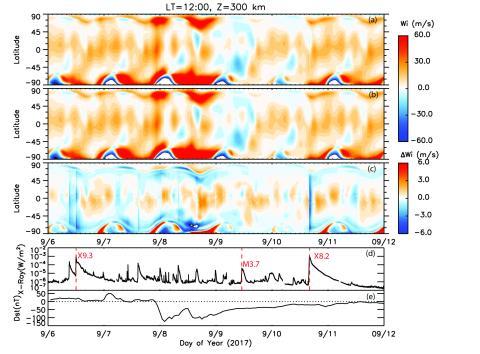
Responses of the Thermosphere and Ionosphere System to Concurrent Solar Flares and Geomagnetic Storms
We conducted numerical simulations to examine dayside thermosphere and ionosphere responses to concurrent solar flares and a geomagnetic storm during September 6th – September 11th, 2017, as well as the interplay of flare and storm effects. We found that E-region electron density response to the flares was much smaller inside the auroral oval than it was outside the auroral oval due to an extra source of ionization by auroral particle precipitation.
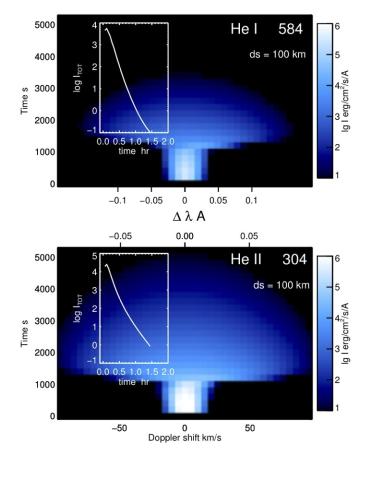
Neutral hydrogen, helium and solar and stellar coronae
In the context of the solar atmosphere, we re-examine the role of of neutral and ionized species in dissipating the ordered energy of intermediate-mode MHD waves into heat. We solve conservation equations for the hydrodynamics and for hydrogen and helium ionization stages, along closed bundles of magnetic field.
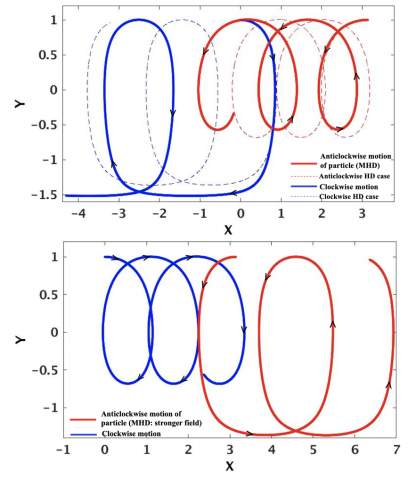
Physics Of MHD Rossby Waves In The Sun
Evidence of the existence of hydrodynamic and MHD Rossby waves in the Sun is accumulating rapidly. We employ an MHD Rossby wave model for the Sun in simplified Cartesian geometry, with a uniform toroidal field and no differential rotation, to analyze the role of each force that contributes to Rossby wave dynamics, and compute fluid particle trajectories followed in these waves.
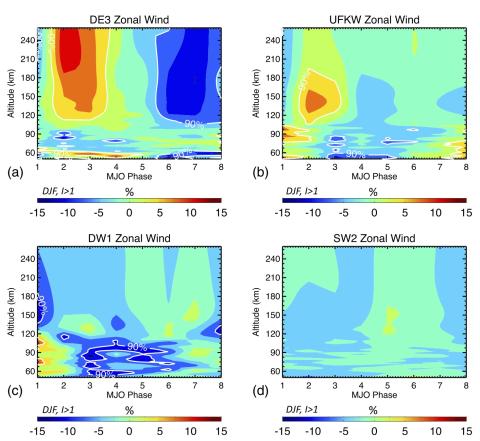
Preliminary Evidence of Madden-Julian Oscillation Effects on Ultra-Fast Tropical Waves in the Thermosphere
Over the past two decades mounting evidence demonstrated that terrestrial weather significantly influences the dynamics and mean state of the thermosphere. While important progress has been made in understanding how this coupling occurs on hourly to daily time scales, large uncertainty still exists on this effect around intraseasonal (∼30–90 days) time scales.
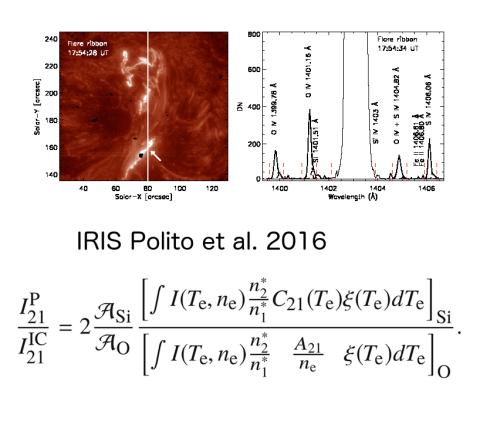
Some thoughts on emission-line spectroscopy
Philip Judge states that the interpretation of emission lines formed in large astrophysical plasmas such as the solar atmosphere faces many challenges. Relatively simple line-ratio estimates of physical parameters, while appealing, are heavily laden with assumptions.
![Comparison of 135.6 nm emissions from the SAMI3/WACCM-X simulation for the March case (left and middle panels) and GOLD emission data (right panel) observed from geosynchronous orbit [Eastes et al., 2019]](/sites/default/files/styles/large/public/2021-11/Liu_Comparison135.6nmEmissions.png?itok=DKM_bJf-)
Global Modeling of Equatorial Spread F with SAMI3/WACCM-X
We report the first results of a global ionosphere/thermosphere simulation study that self-consistently generates large-scale equatorial spread F (ESF) plasma bubbles in the post-sunset ionosphere. The coupled model comprises the ionospheric code SAMI3 and the atmosphere/thermosphere code WACCM-X.

Simulated trends in ionosphere-thermosphere climate due to predicted main magnetic field changes from 2015 to 2065
The strength and structure of the Earth's magnetic field is gradually changing. These changes do not only affect the difference between the geographic and magnetic pole, which we have to consider when we hike in higher latitude regions.
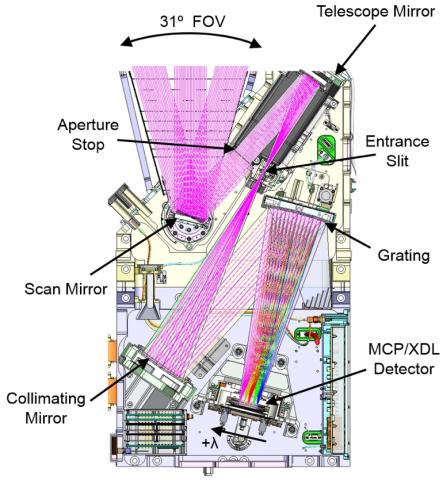
Global-scale Measurements of the Limb and Disk (GOLD) Mission Implementation: Instrument Design and Early Flight Performance
The Global-scale Observations of the Limb and Disk (GOLD) is a NASA mission of opportunity designed to study how the Earth’s ionosphere-thermosphere system responds to geomagnetic storms, solar radiation and upward propagating tides on time scales as short as 30 minutes.
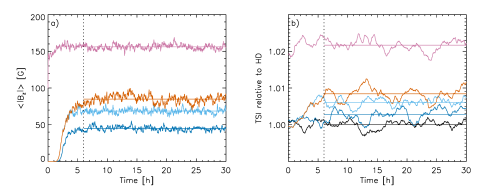
On the contribution of quiet Sun magnetism to solar irradiance variations: Constraints on quiet Sun variability and grand minimum scenarios
While the quiet Sun magnetic field shows only little variation with the solar cycle, long-term variations cannot be completely ruled out from first principles.